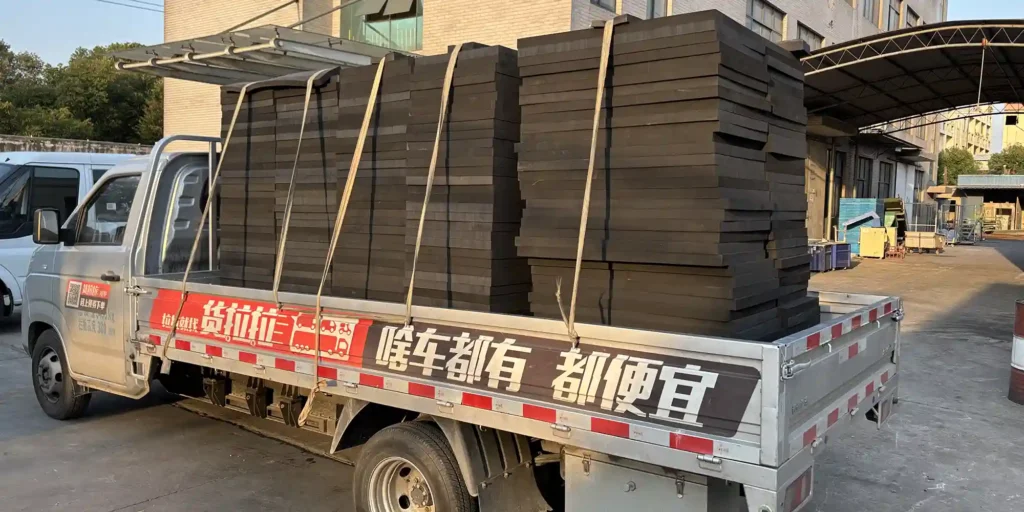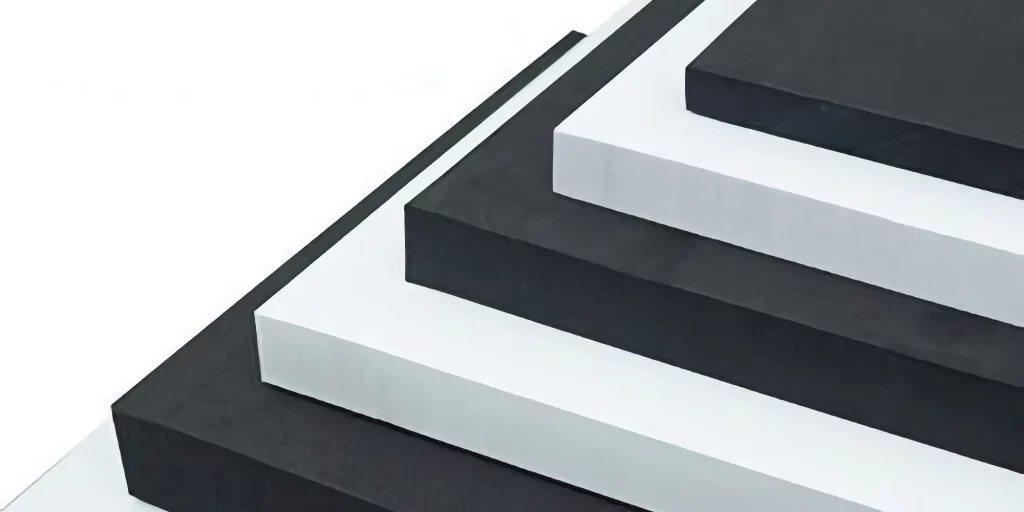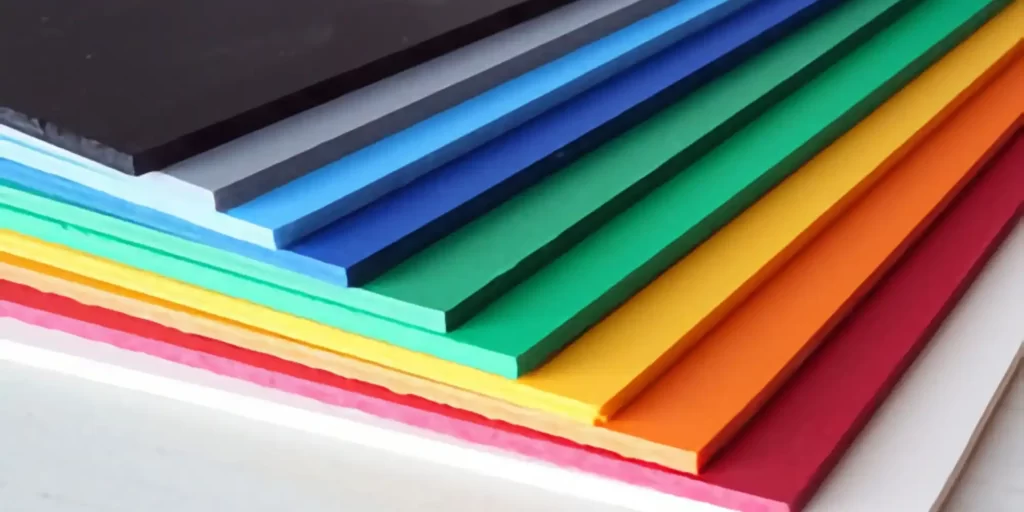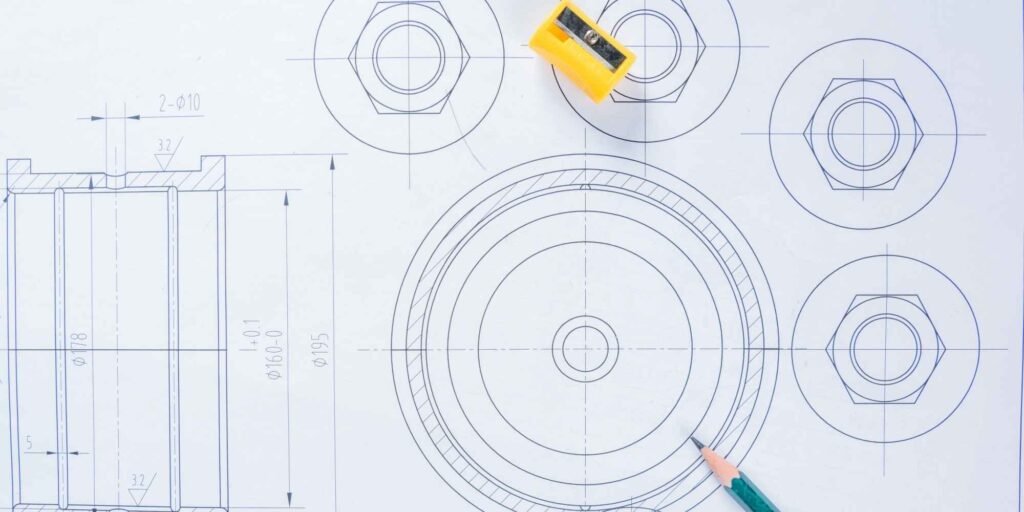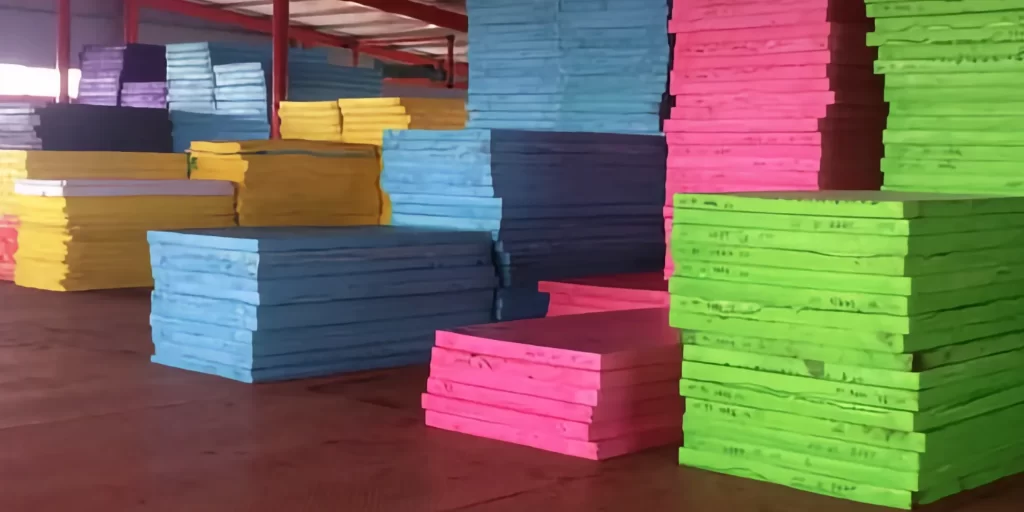This article delves into the core principles, production processes, and material characteristics of PE (Polyethylene) foam and EVA (Ethylene Vinyl Acetate) foam. By comparing their foaming mechanisms, processing temperature parameters (PE foam at 120-160°C, EVA foam at 160-200°C), product properties, and application fields, it provides a scientific basis for material selection in the industry. The synergistic mechanism between physical foaming and chemical cross-linking is particularly analyzed, revealing the performance traits of these two closed-cell foam materials.
I. Fundamental Principles of Foam Materials
- PE Foaming Principle (Low-Density Polyethylene Foam)
Utilizing the physical gas foaming method, carbon dioxide or nitrogen is used to form microcellular structures within molten PE (melting point: 120-130°C).
① Pre-foaming stage: 110-130°C causes PE particles to expand 5-8 times.
② Mold compression: Stabilizes the cellular structure under 0.8-1.2MPa pressure, using Dicumyl Peroxide (DCP) as a cross-linking agent to optimize structural strength.
Technical Parameters:
Foam density range: 25-200kg/m³
Typical cell diameter: 0.1-0.5mm
Compression strength: ≥150kPa
- EVA Foaming Principle (Ethylene Vinyl Acetate Copolymer)
Based on a two-stage chemical cross-linking foaming process:
Cross-linking stage: Activates peroxide decomposition at 155-165°C, forming a three-dimensional network.
Foaming stage: Decomposition of Azodicarbonamide foaming agent at 170-185°C produces gas (gas release volume: 150-220ml/g).
Key Control Points:
Cross-linking degree control: 60-80% optimal.
Matching foaming rate with temperature gradient.
Regulation of Vinyl Acetate (VA) content (12-28%) for flexibility.
II. Comparative Analysis of Production Processes
| Parameter | PE Foam | EVA Foam |
|---|---|---|
| Processing Temp | 120-160°C | 160-200°C |
| Pressure Range | 0.5-1.5MPa | 1.0-3.0MPa |
| Curing Time | 3-8 minutes | 5-15 minutes |
| Post-processing | Water cooling | Air cooling |
| Energy Consumption | 0.8-1.2kW·h/kg | 1.2-1.8kW·h/kg |
III. Material Characteristics and Industrial Applications
Advantages of PE Foam:
- Excellent chemical resistance (stable in pH 3-11 environments).
- Low water absorption (≤0.5%).
- Superior buoyancy properties (closed-cell rate ≥95%).
Typical Applications: Water treatment floats, cold chain logistics boxes, sports protective gear cores.
Characteristics of EVA Foam:
- High elasticity (rebound rate ≥60%).
- Outstanding shock absorption (energy absorption rate: 85-92%).
- Wide temperature range (-40°C to 80°C).
Key Applications: Shoe midsoles (62% market share), electronic product protective pads, automotive NVH components.
FAQ – Foam Material Technical Q&A
Q1: Why does EVA foam require higher molding temperatures?
A: The VA component in EVA reduces crystallinity, requiring higher temperatures for complete melting. The cross-linking reaction also has a higher activation energy (typically above 160°C to activate peroxide decomposition), which is essential for chemical foaming.
Q2: How to choose between PE and EVA foam for outdoor products?
A: For long-term sunlight exposure, PE foam is preferred (better weather resistance). For sports products, EVA is the first choice (dynamic compression deformation rate below 15%).
Q3: What is the difference in foaming ratio between the two materials?
A: PE typically foams 8-15 times, while EVA can reach 20-35 times. This difference is due to EVA’s stronger melt strength, allowing higher gas retention.
Q4: How do the recyclability of the two materials compare?
A: Both are thermoplastic, but PE is easier to recycle (melt index: 2-4g/10min). EVA requires de-cross-linking treatment due to its cross-linked structure.
Q5: How to determine if supercritical fluid equipment is needed for production?
A: Supercritical CO₂ is essential for producing PE microcellular foam (cell size <100μm), while nitrogen foaming suffices for conventional products.
WELLE Trade has over 20 years of experience in the production and processing of PE/EVA/TPE foams, so you may want to consult with them if you have any sourcing needs.
